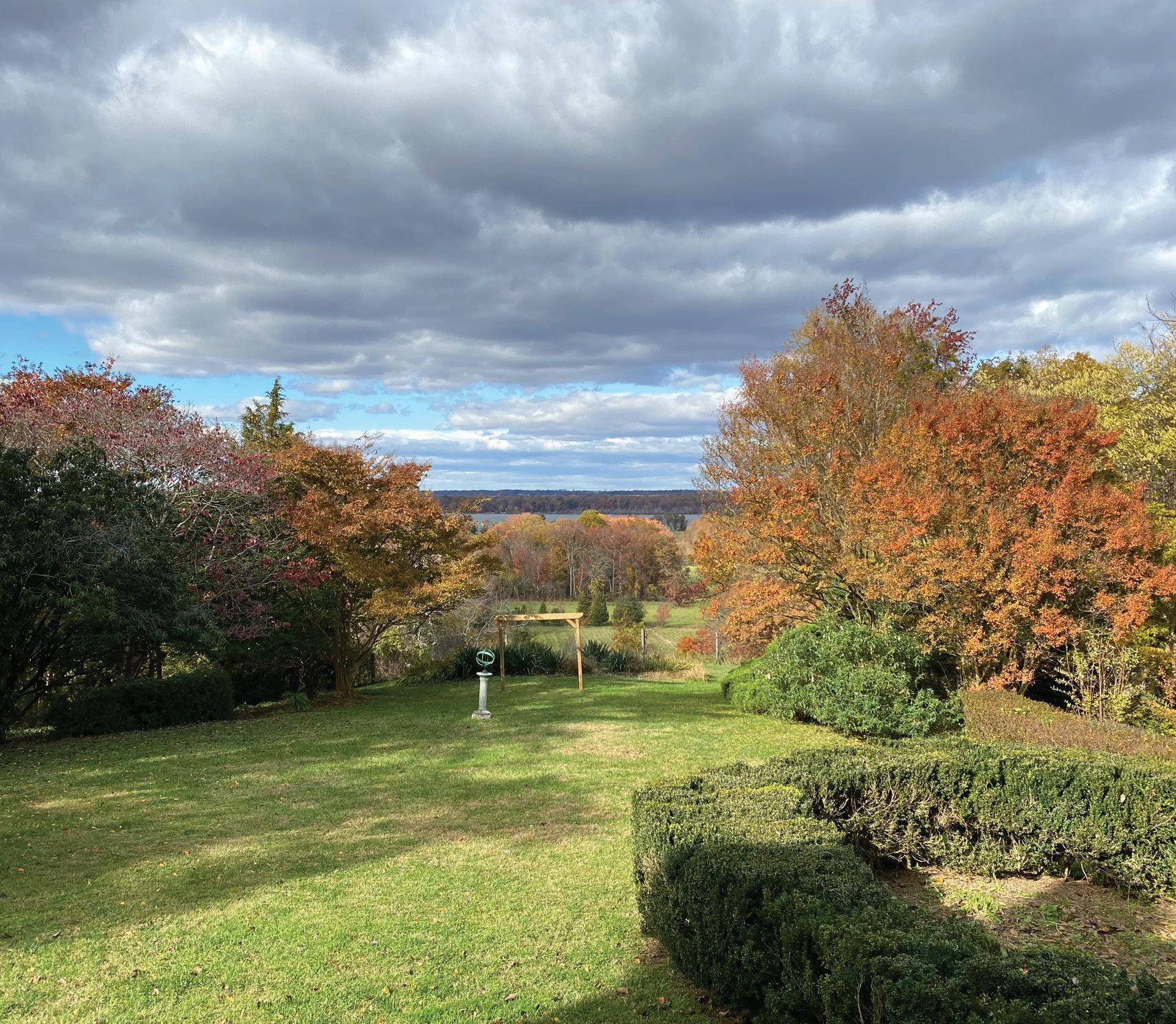
1 minute read
Maryland Heritage Areas and Heritage Tourism
Soon, Accokeek will have an opportunity to be a part of two heritage areas: the Anacostia Trails Heritage Area (state certified) and the Southern Maryland National Heritage Area (emerging from the state-certified Southern Maryland Heritage Area).
The Maryland Heritage Areas Program is overseen by the Maryland Heritage Areas Authority and administered by the Maryland Historical Trust. The Maryland Heritage Areas Program was created in 1996 to help communities use heritage tourism to strengthen their economies through the development, protection, and promotion of cultural, historical, and natural resources. The state’s Program Open Space provides $6 million in annual funding for the Maryland Heritage Areas Program. In 2019, approximately $5.1 million was allocated in grants for heritage area staffing, marketing, and capital and non-capital projects statewide. Program Open Space is a land preservation program managed through the Maryland Department of Natural Resources. Funds are generated by a transfer tax of 0.5 percent for every real estate transaction in the state.
Advertisement
The program supports 13 state-certified heritage areas and focuses on heritage tourism. Local partners within heritage areas may be eligible for a variety of benefits designed to support economic development through heritage tourism, including grants, tax credits and loans.
Each of Maryland’s 13 certified heritage areas is defined by a distinct focus or theme. These distinctive places exhibit tangible evidence of the area’s heritage in historic buildings and districts, archaeological sites, cultural traditions, natural landscapes, as well as other resources such as museums, parks, trails, and traditional lifeways. The uniqueness of each heritage area attracts not only out-of-state visitors, but locals who want to learn more about their heritage and take pride in their community’s unique sense of place. A strategic plan for the state’s heritage areas summarized work in three key areas: developing heritage tourism product, building partnerships, and sustaining regional identity.
In 2021, the Maryland Heritage Areas Authority released an economic impact study of the state’s 13 certified heritage areas, providing an assessment of the total economic impact including employment and state and local revenues. The study found that collectively the state’s 13 certified heritage area programs generated a $2.4 billion economic impact in FY19.









